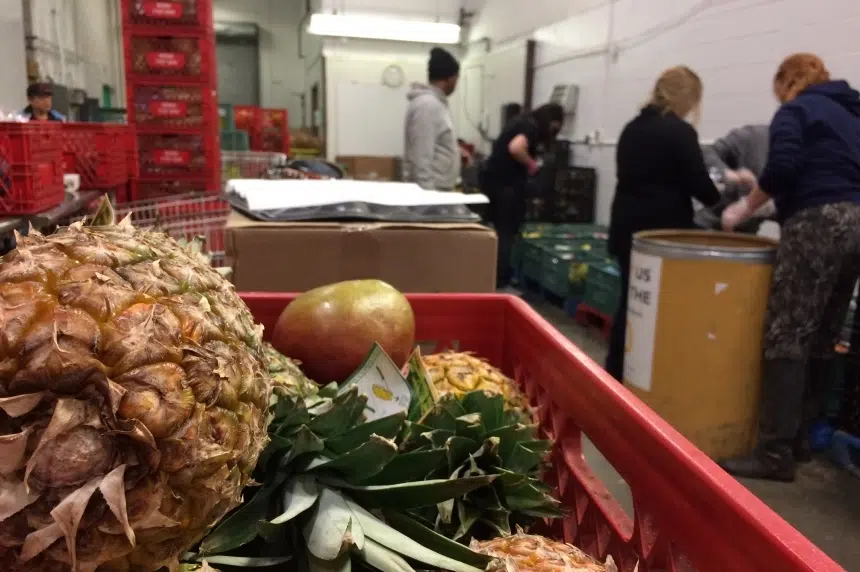Child poverty rates in Saskatchewan are among the highest in the country, according to a new report from the Social Policy Research Centre at the University of Regina.
The findings released this week in the report entitled “Child and Family Poverty in Saskatchewan: 2019 Report” said 26.2 per cent of people in the province up to the age of 17 are considered poor when using the United Nations definitions of poverty.
“The rate for Canada for 2017 was 18.6%. The province is well above the average for Canada, and ranks third-highest behind the Territory of Nunavut at 31.2% and the province of Manitoba at 27.9%,” an excerpt of the study read.
The data from 2017 — the latest available from Statistics Canada — shows more than 72,200 children in the province are victims of poverty.
Deborah Hamp, director of operations and engagement with the Saskatoon Food Bank and Learning Centre, wasn’t surprised to see those figures.
“It’s not surprising, but it is devastating,” she said. “When you see basically one in four children experiencing poverty in our community, we know we have to do better.”
The Saskatchewan NDP criticized the Saskatchewan Party’s treatment of poverty in a news release issued Thursday.
“Far too many kids in this province are being let down by their government,” said NDP Leader Ryan Meili. “No child in this province should go to school hungry, but the Sask. Party keeps dragging their feet on reducing child poverty, with devastating consequences for so many kids.”
Hamp feels partnerships are a way to move forward to help end poverty in Saskatchewan.
“We need people at all levels to get behind these ideas, to work together in collaboration to eliminate poverty,” she said.
Meili thinks Saskatchewan’s $11.32 minimum wage is the problem.
“There is so much we could be doing to get ahead of this problem,” Meili said in a news release. “We could start by raising our lowest-in-the-country minimum wage, ensuring that no one working full time has to stop at the foodbank on the way home and putting more money into local businesses.”
Of the roughly 20,000 people who use the Saskatoon Food Bank and Learning Centre every month, Hamp said nearly 47 per cent of them are children.
According to the study, the child poverty rate has declined slowly, with a 10-year high of 29.2 per cent in 2008.
“It’s extremely disheartening,” Hamp said of the slow pace at which that number is declining. “We really need to get behind the children of our province and we need to invest in their future.”







